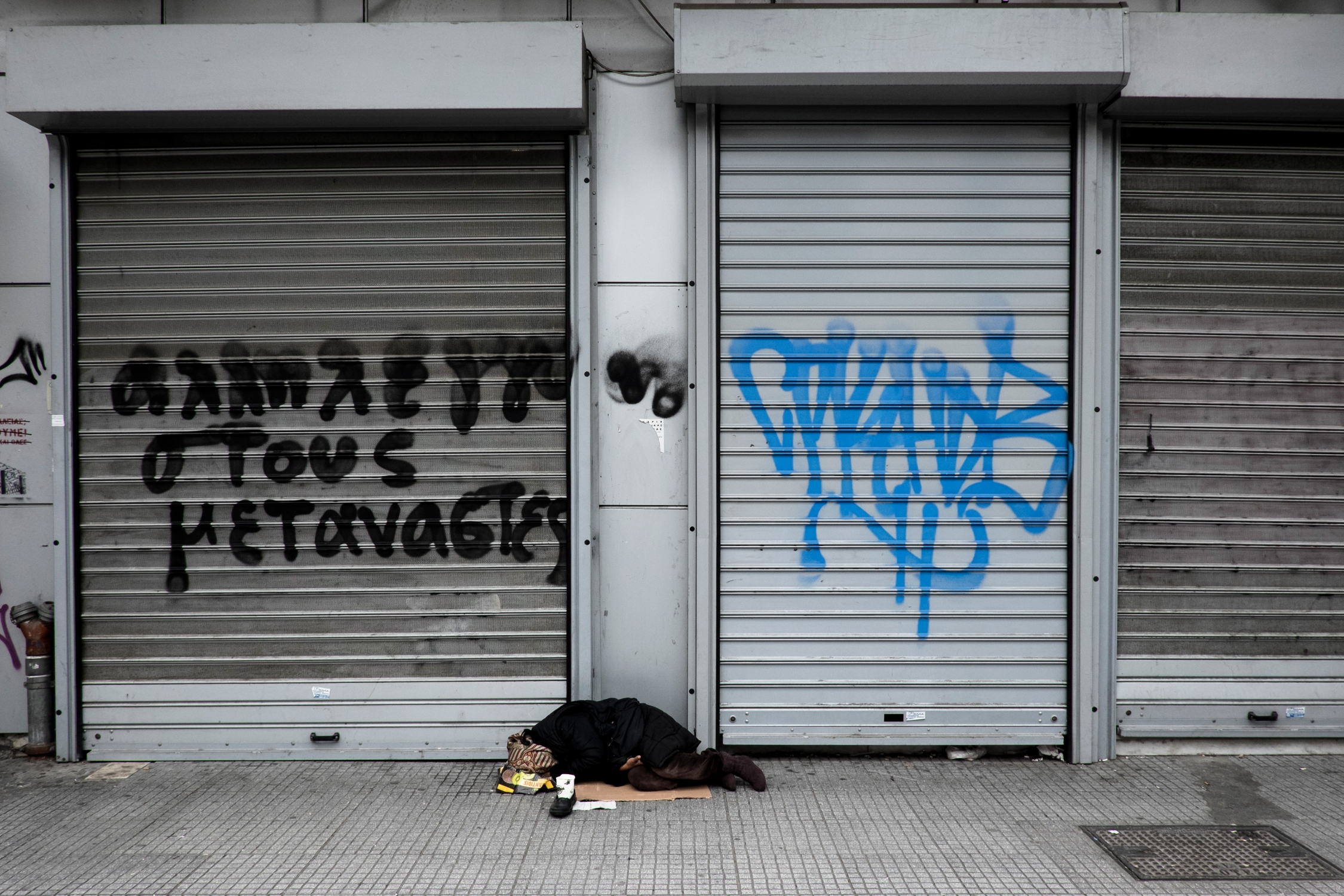New data shows climb in poverty and social exclusion risk across Greece

Poverty on the rise: Who is most affected?
In total, 2.74 million people – 26.9% of the population – are now considered at risk of poverty or social exclusion, up from 26.1% in 2023. The increase stems mainly from a rise in income poverty, now at 19.6%, and in material and social deprivation, which reached 14%.
Children remain particularly vulnerable. While the poverty risk among those under 17 slightly declined to 27.9%, they still represent the most affected age group.
The risk is unevenly distributed across the country. Attica, the Aegean Islands and Crete show lower rates than the national average, while northern and central regions face higher levels of poverty and exclusion.
Single-parent households are disproportionately affected, with 43.7% living at risk. Among families with dependent children, the rate stands at 28.9%, compared to 20.6% for households without dependents.
Education, employment and housing: Key risk factors
Housing conditions also play a role: 32.2% of those renting their home are at risk, compared to 24.6% of those in fully owned homes and 22% of those with mortgages or loans.
The poverty threshold is set at €6,510 per year for a single person and €13,671 for a household of two adults and two children under 14. This threshold is calculated at 60% of the national median disposable income, which ELSTAT estimates at €10,850. The average household income is €20,103.
Education remains a key factor in shielding individuals from poverty. The risk drops to just 7.1% among those with higher education, compared to 28.2% for those with only a basic level of schooling.
Employment status is equally critical. Among adults in work, the poverty rate is 10.5%, but it more than quadruples to 49.2% among the unemployed. The disparity is particularly stark for unemployed men, 61% of whom are at risk, compared to 40.7% of unemployed women. Even among part-time workers, poverty is twice as likely as it is for full-timers (20.6% vs 9.8%).
The role of social transfers in easing the burden
After factoring in social transfers – such as benefits and pensions – 19.6% of the population remains below the poverty line, a rise of 0.7 percentage points since last year. The rate for children is higher, at 22.4%, while working-age adults and the elderly stand at 19.1% and 18.8% respectively.
The data also highlights the crucial role of state support. Without any social transfers, the poverty rate would soar to 45%. Pensions alone reduce this to 23.5%, and benefits such as child support, housing aid, and unemployment allowances lower it further to 19.6%. In total, social transfers reduce the poverty rate by 25.4 percentage points.
Despite these pressures, incomes are showing some signs of improvement. About 13.3% of households reported higher incomes over the past year, while 10.2% saw a decline. The majority – 76.6% – said their income remained stable. Average individual disposable income rose by 7.3%, reaching €12,391. Wages remain the primary source of income for households, accounting for 70.6%, followed by pensions at 23.4%.
______________________________________________
Are you seeking news from Greece presented from a progressive, non-mainstream perspective? Subscribe monthly or annually to support TPP International in delivering independent reporting in English. Don’t let Greek progressive voices fade.
Make sure to reference “TPP International” and your order number as the reason for payment.